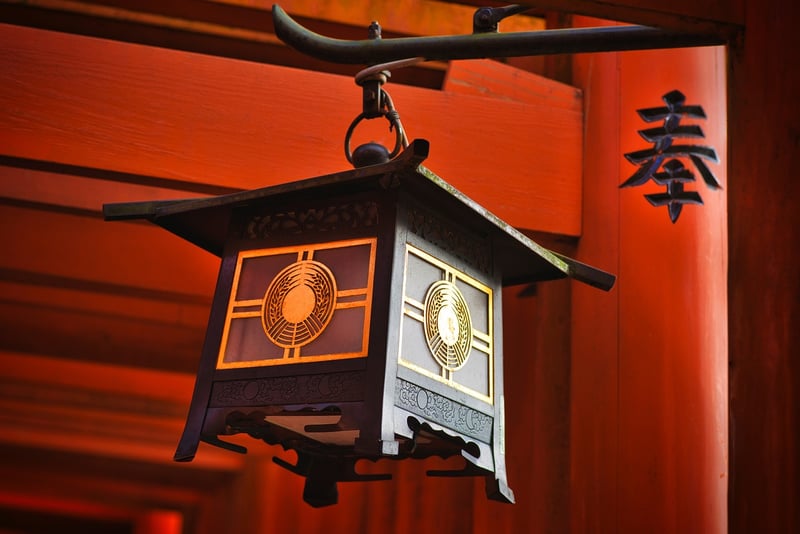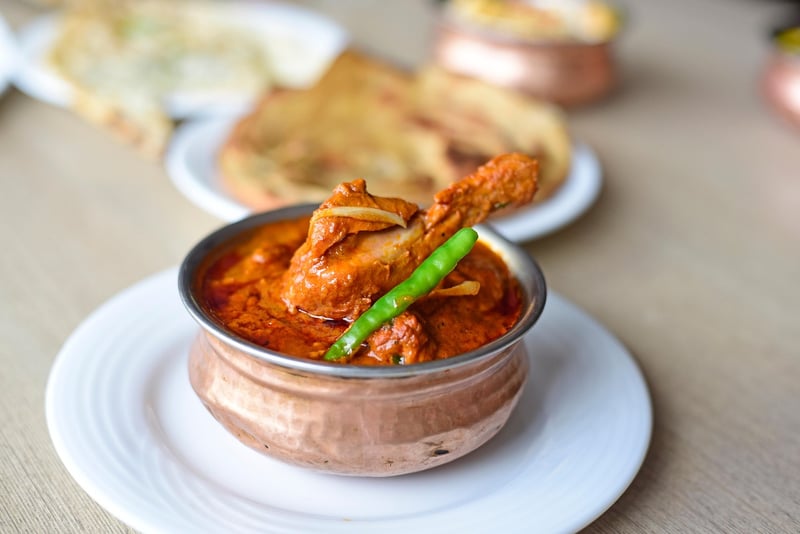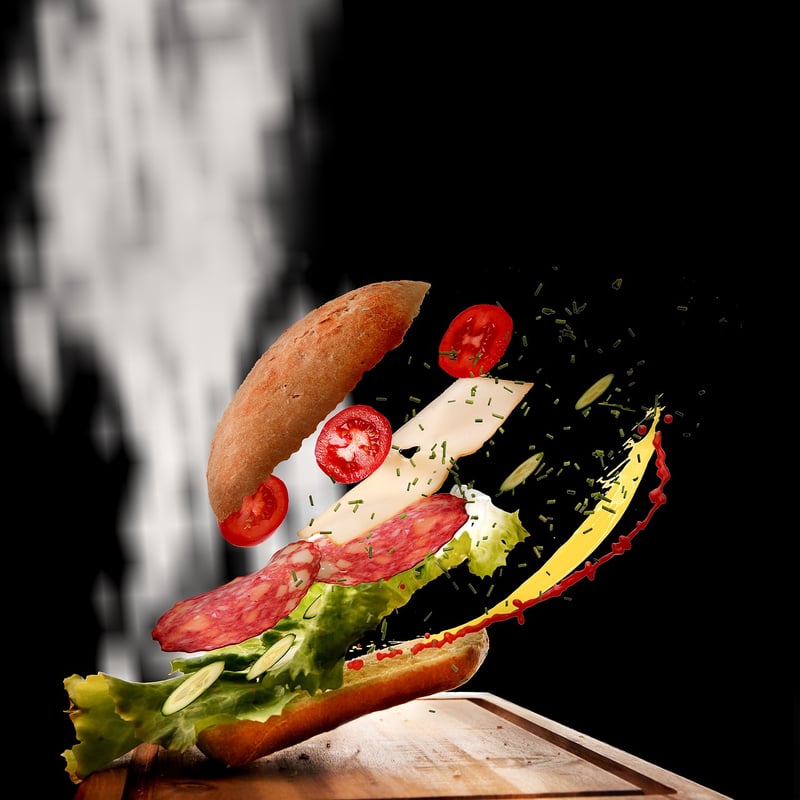Food History
Exploring Diverse Food Traditions and Food History
Introduction
Food is not just sustenance; it is a cultural expression, a historical narrative, and a reflection of societal values. Exploring diverse food traditions and the history behind various cuisines can provide a rich tapestry of flavors, stories, and traditions that have been passed down through generations. Let's delve into the fascinating world of food history and diverse culinary practices from around the globe.
1. Food History
Food history is an intricate tapestry woven with threads of migration, trade, conquest, and innovation. Understanding the origins of different ingredients, cooking techniques, and dishes can offer a glimpse into the past and how societies have evolved over time.
1.1 Ancient Cuisines
Ancient civilizations such as the Egyptians, Greeks, Romans, and Chinese laid the foundation for many modern culinary traditions. The use of herbs, spices, grains, and meats in these early societies shaped the way we eat today.
1.2 Medieval Gastronomy
The Middle Ages brought about a fusion of culinary influences in Europe, blending Arabian, Byzantine, and local traditions. Ingredients like sugar, citrus fruits, and spices transformed European cuisine and paved the way for the culinary diversity we see today.
2. Diverse Food Traditions
Food traditions vary widely across different cultures and regions, each offering a unique perspective on flavors, ingredients, and cooking methods. Let's explore some fascinating food traditions from around the world.
2.1 Japanese Cuisine
Japanese cuisine is renowned for its emphasis on fresh, seasonal ingredients and meticulous preparation techniques. From sushi and sashimi to ramen and tempura, Japanese food reflects a deep respect for the natural flavors of each ingredient.

2.2 Indian Cuisine
Indian cuisine is a vibrant tapestry of spices, flavors, and textures, influenced by diverse cultural and regional traditions. From fragrant curries to crispy dosas and creamy desserts, Indian food is a celebration of culinary diversity.

2.3 Mexican Cuisine
Mexican cuisine is a fusion of indigenous Mesoamerican and Spanish culinary traditions, characterized by bold flavors and vibrant colors. Tacos, tamales, mole sauce, and guacamole are just a few examples of the rich culinary heritage of Mexico.

Conclusion
Exploring diverse food traditions and food history not only tantalizes the taste buds but also provides a deeper understanding of our shared human experience. Whether savoring a bowl of pho in Vietnam or enjoying a traditional Italian pasta dish, each bite carries with it a story of culture, innovation, and tradition.
So, let's embark on a culinary journey around the world, one delicious dish at a time, and savor the flavors of history on our plates.
